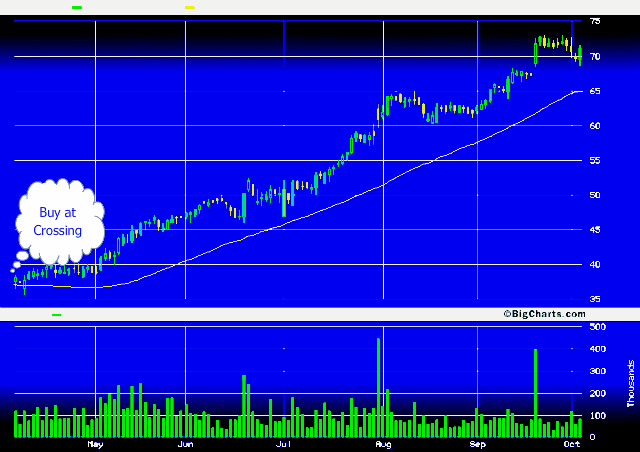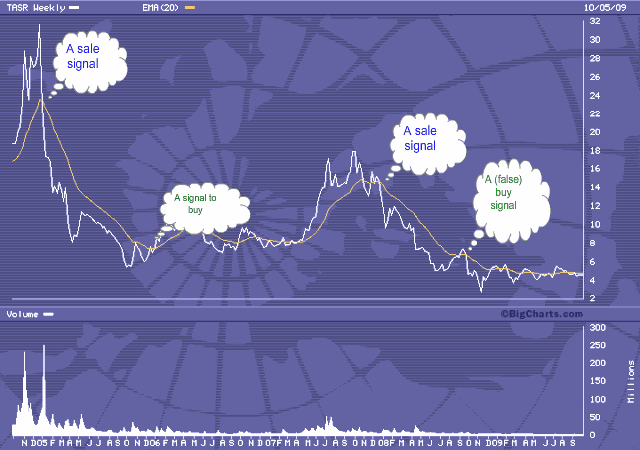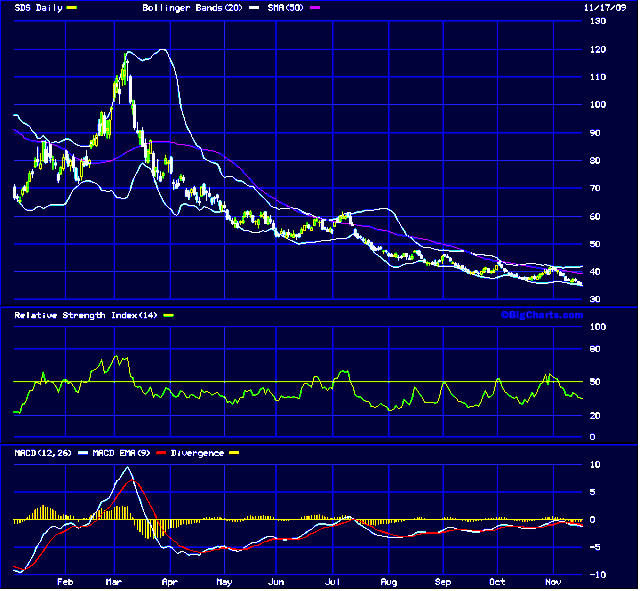robster970
Veteren member
- Messages
- 4,567
- Likes
- 1,390
I can understand why basic principles like "Keep your risk per trade at 1%" , "Don't average down a losing position", "Trade the trend and stay out of sideways markets" are thrown about as the mantra for people starting down the road of learning. Clearly it's sound advice to ensure people can stay long enough in the game to survive.
But surely there comes a point in your development as a trader where you realise that the good that these rules provided when you were completely useless are actually to be questioned in their own right because they might actually be constraining your development as a trader.
Averaging down is one such rule and it's one right now, that under certain circustances and granted, without a huge amount of empirical data (4 times) looks like it could be incorporated into the way that I trade.
Maybe I'll find out that it's a really splendid way of blowing slightly larger lumps of my account but to be frank, I'm probably only going to learn the hard way, like I have with so many other aspects of this lark.
But surely there comes a point in your development as a trader where you realise that the good that these rules provided when you were completely useless are actually to be questioned in their own right because they might actually be constraining your development as a trader.
Averaging down is one such rule and it's one right now, that under certain circustances and granted, without a huge amount of empirical data (4 times) looks like it could be incorporated into the way that I trade.
Maybe I'll find out that it's a really splendid way of blowing slightly larger lumps of my account but to be frank, I'm probably only going to learn the hard way, like I have with so many other aspects of this lark.



